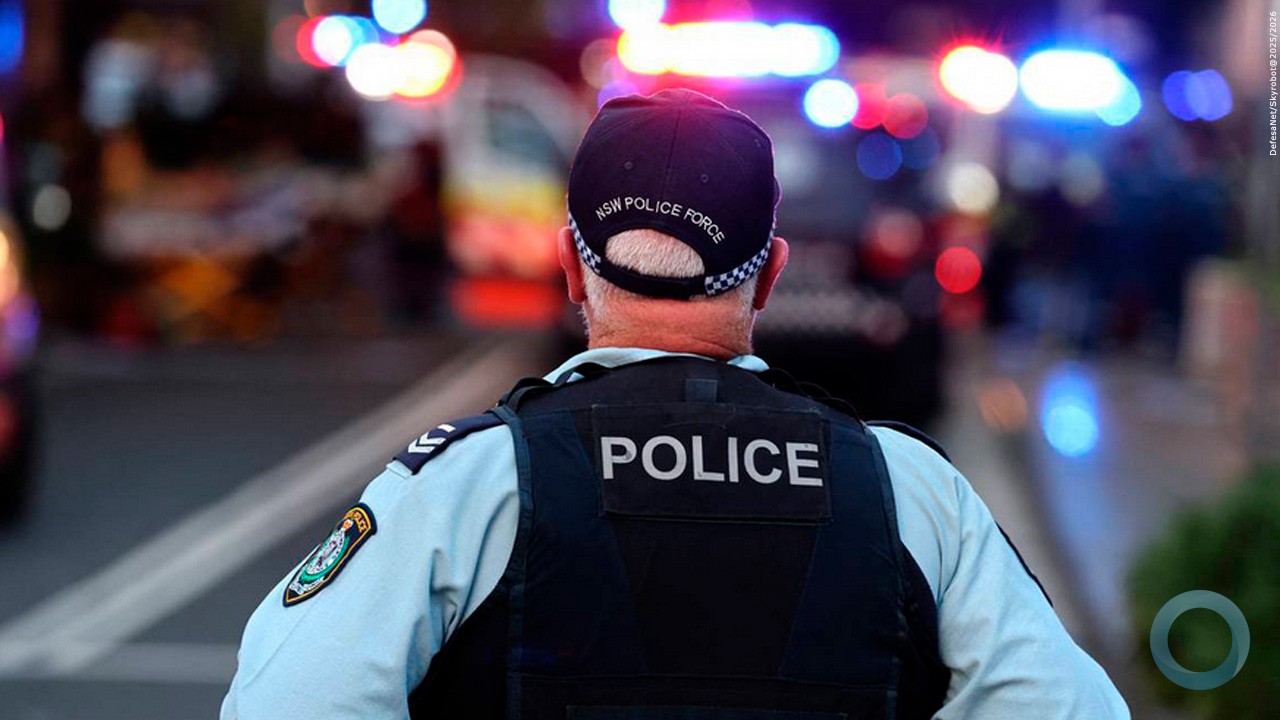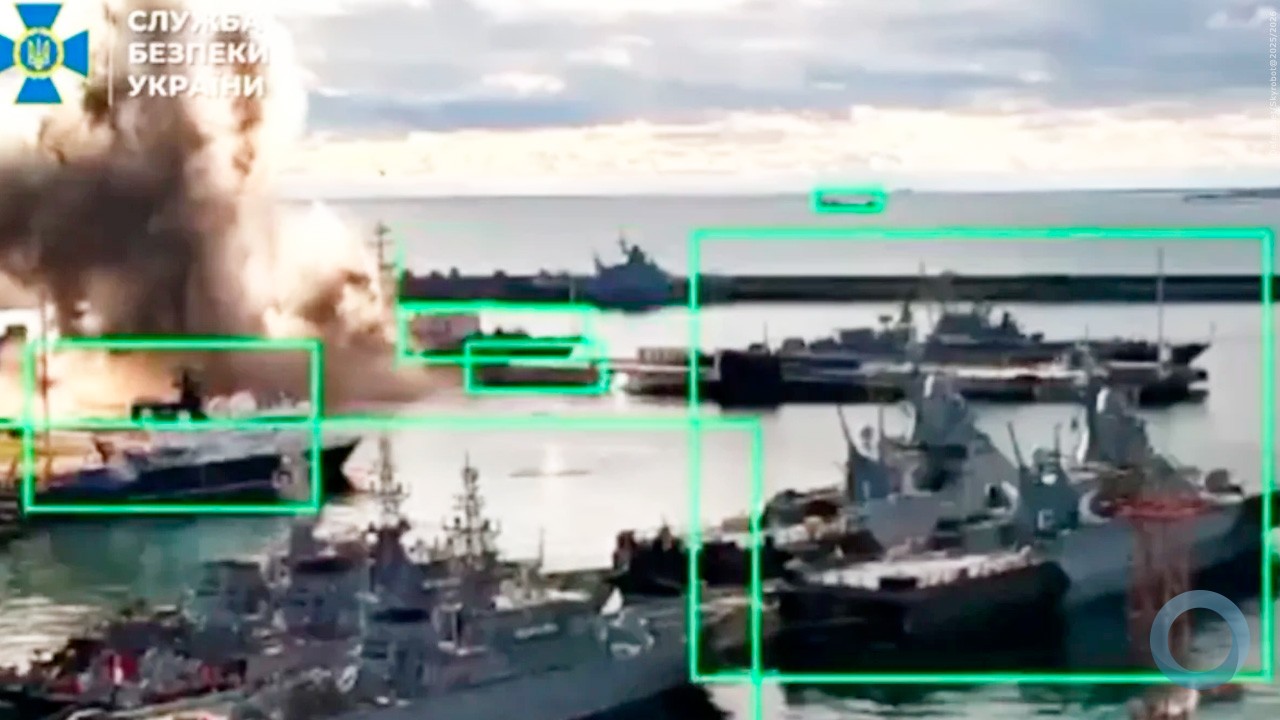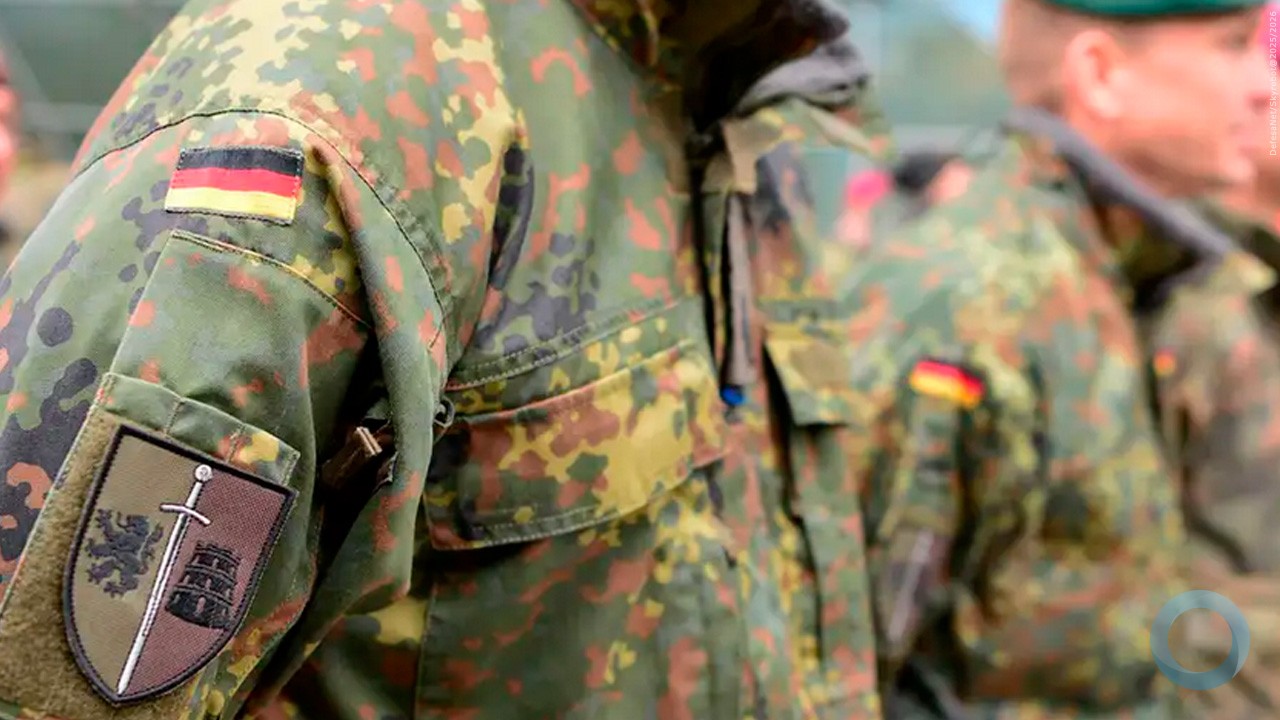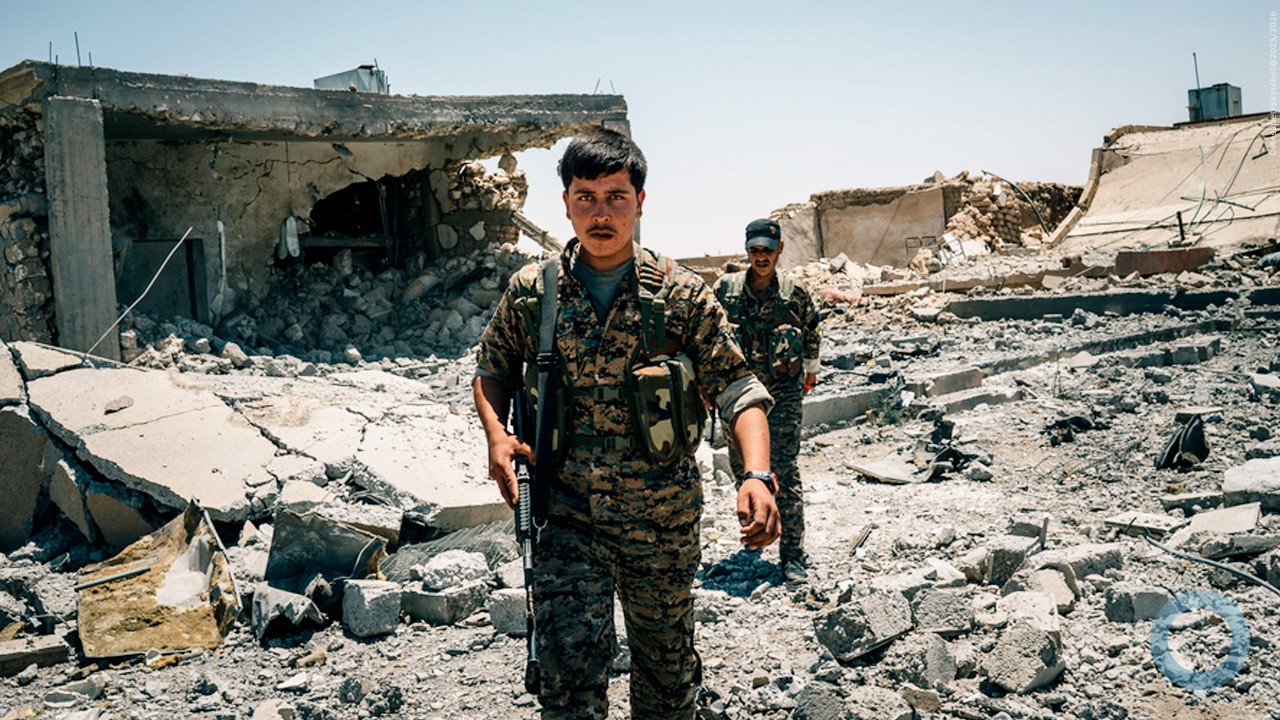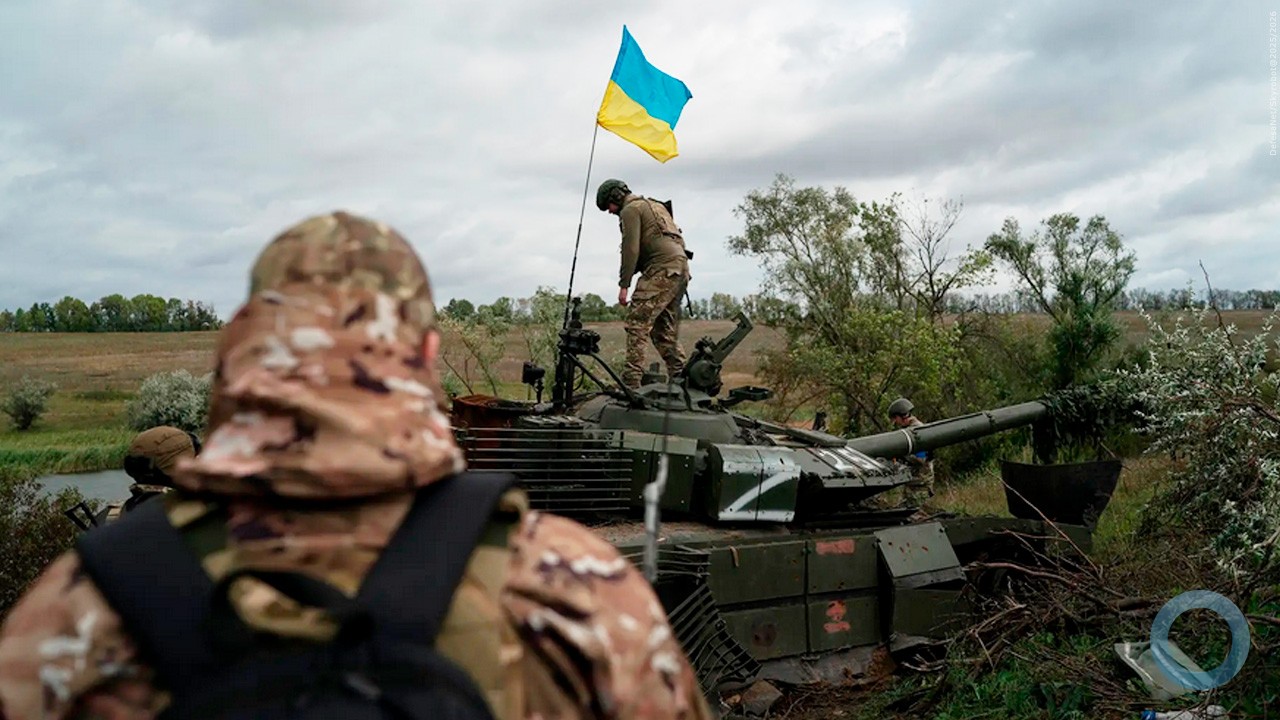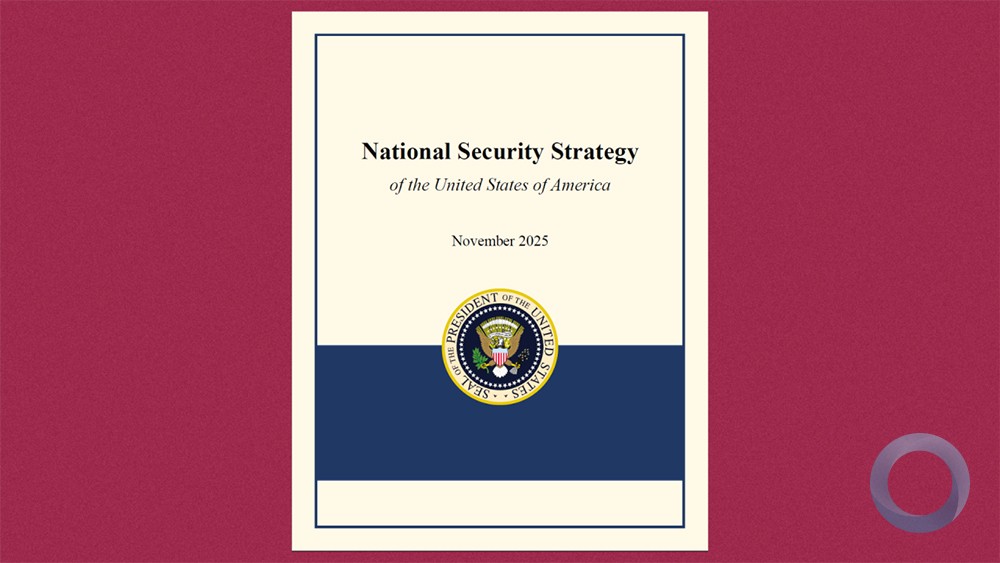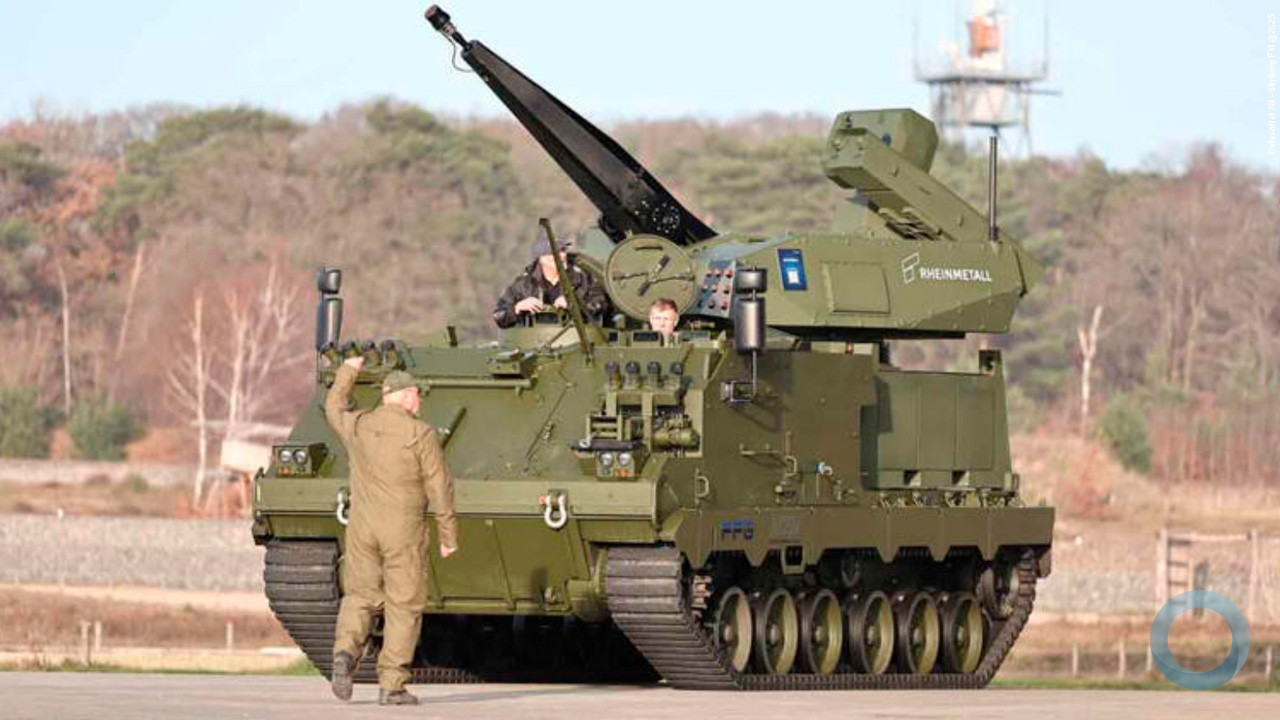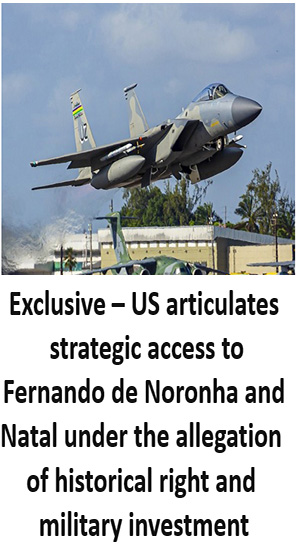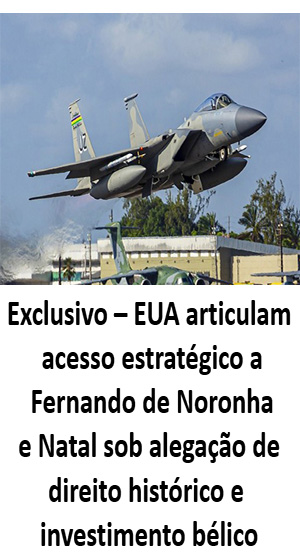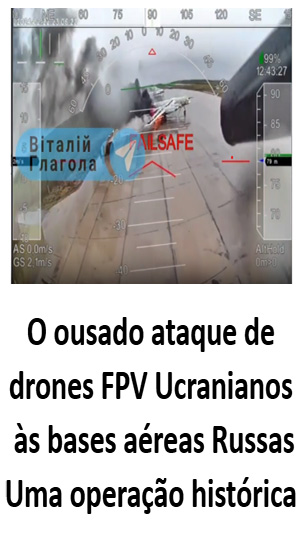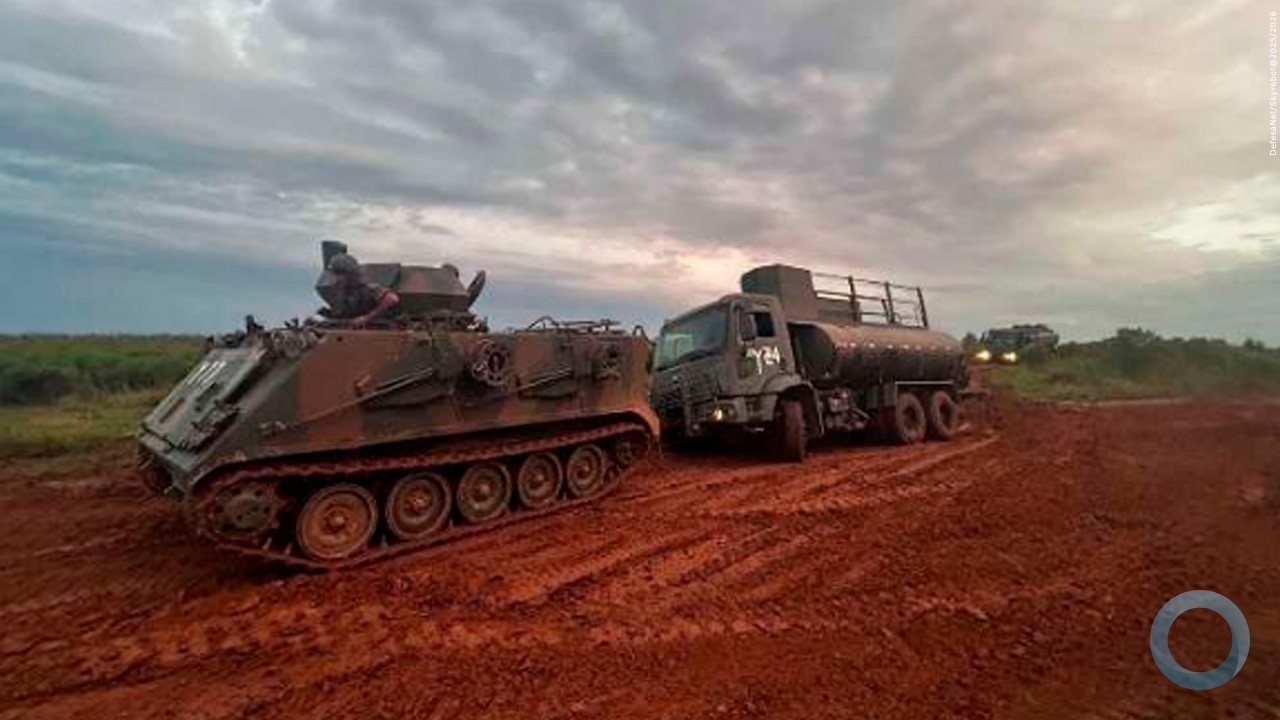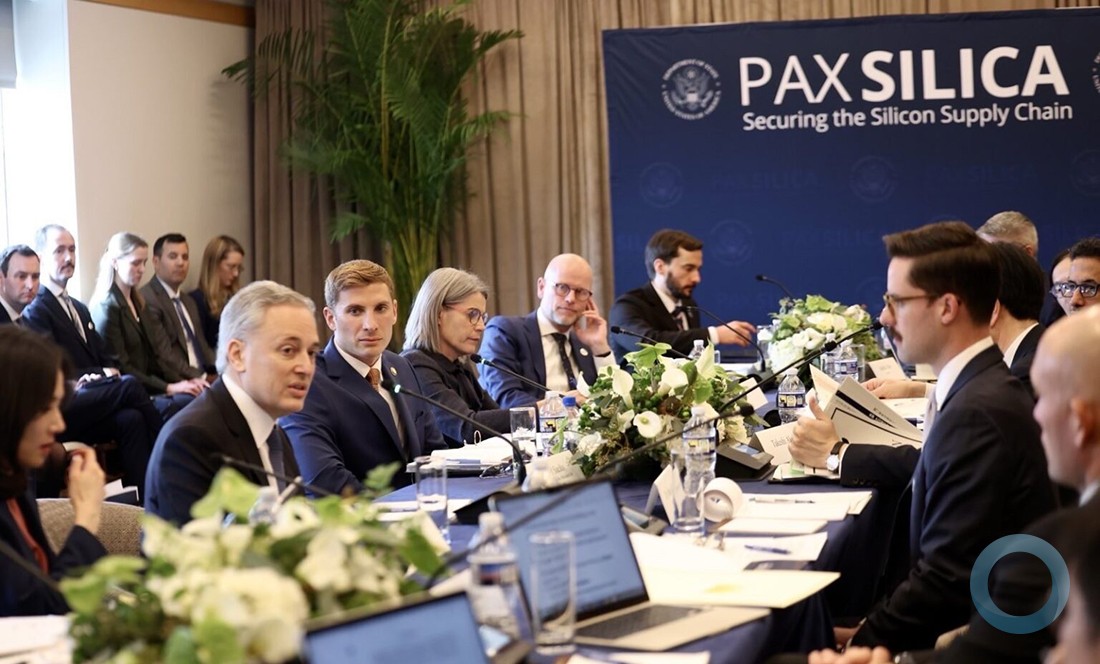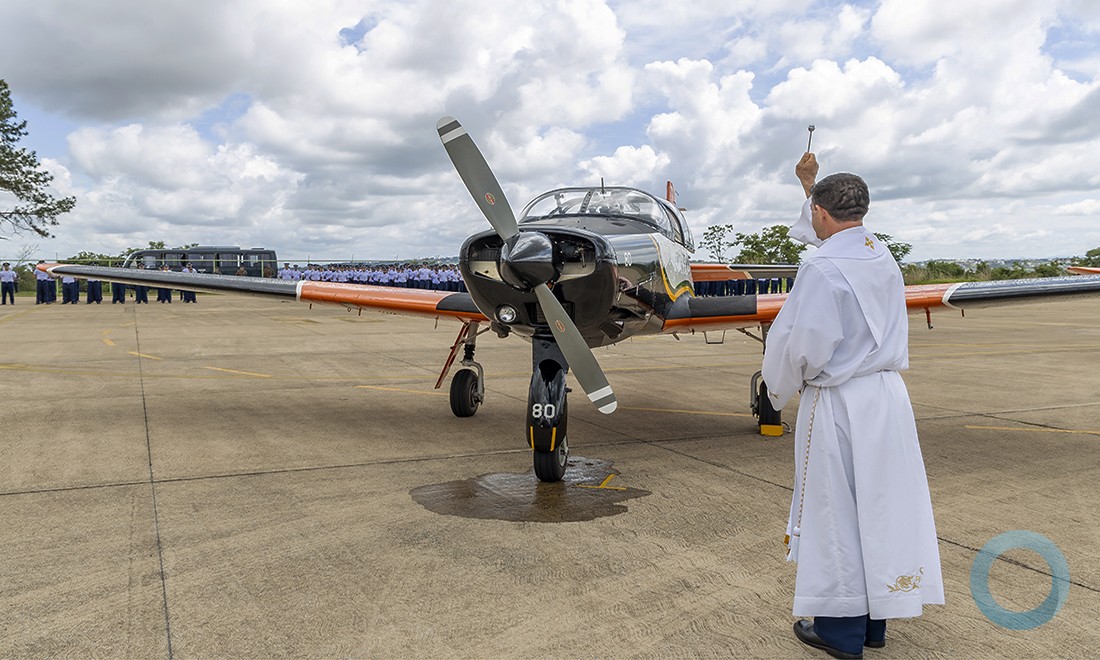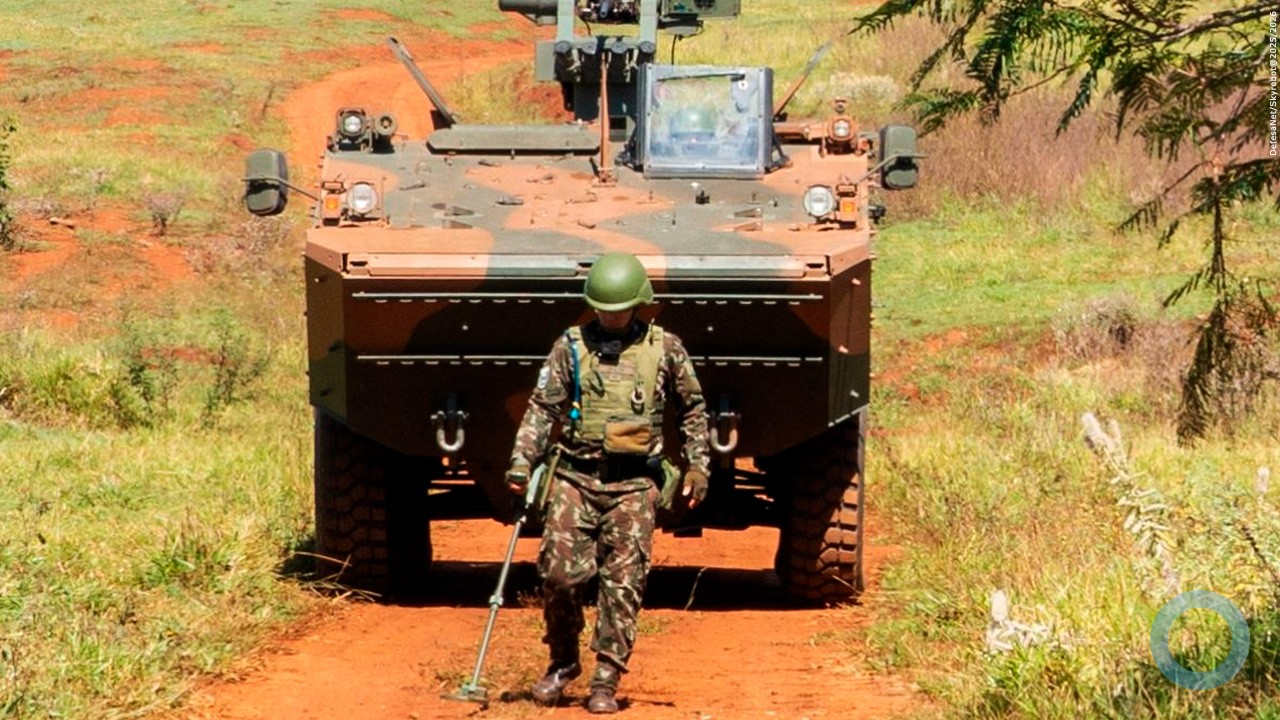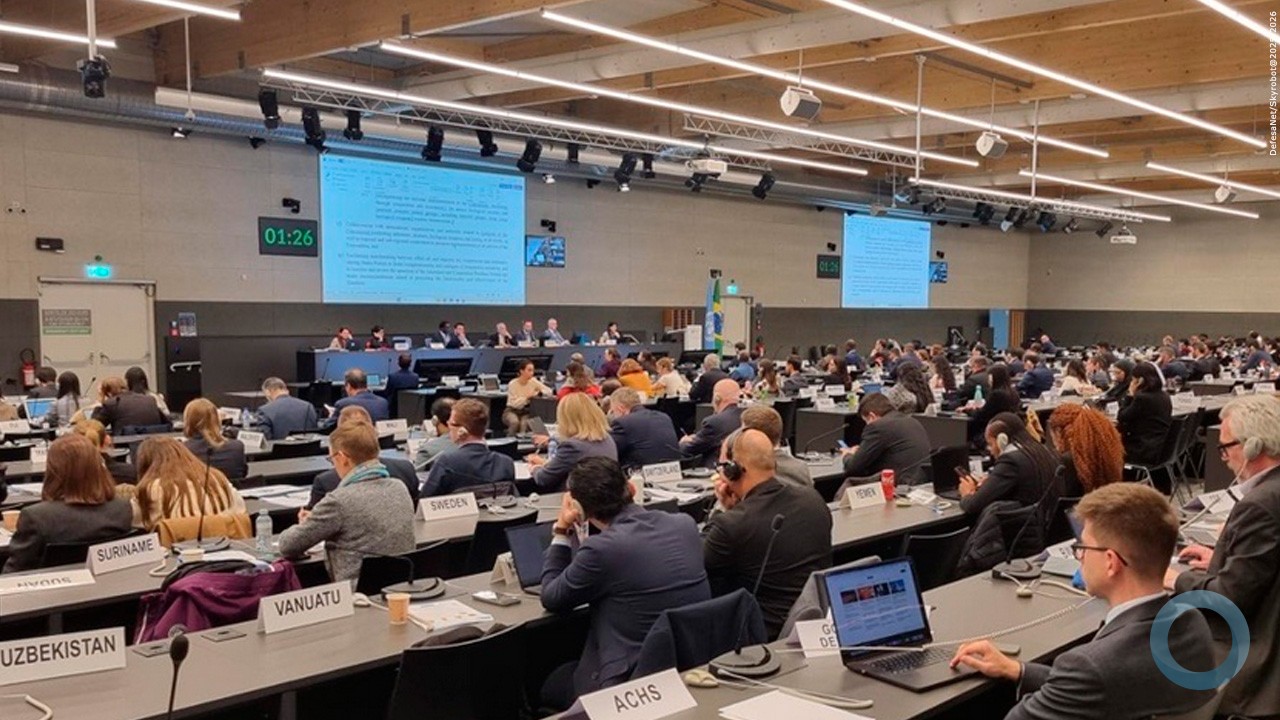|
Nota DefesaNet
Prezados leitores. Publicamos a matéria do jornal Washington Post, (22DEZ13), na íntegra, em íngles, pela sua importância. DefesaNet adaptou uma tradução publicada na impensa brasileira insertando mais dados. Recomedamos a leitura Só complementando o texto, o Chefe da guerrilha Reyes foi localizado por ter uma conversa, de mais de 30 min com Hugo Chávez, via um telefone satelital, o que possibilitou uma localização segura e clara na fronteira com o Equador. O Editor |
By Dana Priest
Graphics by Alberto Cuadra, Cristina Rivero, Gene Thorp
Elyssa Pachico and Julie Tate contributed to this report.
The 50-year-old Revolutionary Armed Forces of Colombia (FARC), once considered the best-funded insurgency in the world, is at its smallest and most vulnerable state in decades, due in part to a CIA covert action program that has helped Colombian forces kill at least two dozen rebel leaders, according to interviews with more than 30 former and current U.S. and Colombian officials.
The secret assistance, which also includes substantial eavesdropping help from the National Security Agency, is funded through a multibillion-dollar black budget. It is not a part of the public $9 billion package of mostly U.S. military aid called Plan Colombia, which began in 2000.
The previously undisclosed CIA program was authorized by President George W. Bush in the early 2000s and has continued under President Obama, according to U.S. military, intelligence and diplomatic officials. Most of those interviewed spoke on the condition of anonymity because the program is classified and ongoing.
The covert program in Colombia provides two essential services to the nation’s battle against the FARC and a smaller insurgent group, the National Liberation Army (ELN): Real-time intelligence that allows Colombian forces to hunt down individual FARC leaders and, beginning in 2006, one particularly effective tool with which to kill them.
That weapon is a $30,000 GPS guidance kit that transforms a less-than-accurate 500-pound gravity bomb into a highly accurate smart bomb. Smart bombs, also called precision-guided munitions or PGMs, are capable of killing an individual in triple-canopy jungle if his exact location can be determined and geo-coordinates are programmed into the bomb’s small computer brain.
In March 2008, according to nine U.S. and Colombian officials, the Colombian Air Force, with tacit U.S. approval, launched U.S.-made smart bombs across the border into Ecuador to kill a senior FARC leader, Raul Reyes. The indirect U.S. role in that attack has not been previously disclosed.
The covert action program in Colombia is one of a handful of enhanced intelligence initiatives that has escaped public notice since the Sept. 11, 2001, attacks. Most of these other programs, small but growing, are located in countries where violent drug cartels have caused instability.
The roster is headed by Mexico, where U.S. intelligence assistance is larger than anywhere outside Afghanistan, as The Washington Post reported in April. It also includes Central America and West Africa, where trafficking routes have moved in response to U.S. pressure against cartels elsewhere.
Asked to comment on U.S. intelligence assistance, President Juan Manuel Santos told The Post during a recent trip to Washington that he did not wish to speak about it in detail, given the sensitivities involved. “It’s been of help,” he said. “Part of the expertise and the efficiency of our operations and our special operations have been the product of better training and knowledge we have acquired from many countries, among them the United States.”
A spokesman for the CIA declined to comment.
Colombia and the FARC have been in peace negotiations in Havana for a year. They have agreed so far on frameworks for land reform, rural development and for allowing insurgents to participate in the political process once the war ends. The two sides are currently discussing a new approach to fighting drug trafficking.

On the verge of collapse
Today, a comparison between Colombia, with its vibrant economy and swanky Bogota social scene, and Afghanistan might seem absurd. But a little more than a decade ago, Colombia had the highest murder rate in the world. Random bombings and strong-arm military tactics pervaded daily life. Some 3,000 people were kidnapped in one year. Professors, human rights activists and journalists suspected of being FARC sympathizers routinely turned up dead.
The combustible mix of the FARC, cartels, paramilitaries and corrupt security forces created a cauldron of violence unprecedented in modern-day Latin America. Nearly a quarter-million people have died during the long war, and many thousands have disappeared.
The FARC was founded in 1964 as a Marxist peasant movement seeking land and justice for the poor. By 1998, Colombia’s president at the time, Andres Pastrana, gave the FARC a Switzerland-sized demilitarized zone to encourage peace negotiations, but its violent attacks only grew, as did its links with the narcotics trade.
By 2000, the emboldened insurgency of 18,000 took aim at Colombia’s political leaders. It assassinated local elected officials. It kidnapped a presidential candidate and attempted to kill a presidential front-runner, hard-liner Alvaro Uribe, whose father the FARC had killed in 1983.
Fearing Colombia would become a failed state with an even greater role in drug trafficking into the United States, the Bush administration and Congress ramped up assistance to the Colombian military through Plan Colombia.
Instability in Colombia
Over the past decade, many indicators of insecurity have improved . . .
Sources: U.S. State Department, Pais Libre, Colombia Defense Ministry, Colombian Air Force, compiled by Elyssa Pachico
By 2003, U.S. involvement in Colombia encompassed 40 U.S. agencies and 4,500 people, including contractors, all working out of the U.S. Embassy in Bogota, then the largest U.S. embassy in the world. It stayed that way until mid-2004, when it was surpassed by Afghanistan.
“There is no country, including Afghanistan, where we had more going on,” said William Wood, who was U.S. ambassador to Colombia from 2003 to 2007 before holding the same post in war-torn Afghanistan for two years after that.
When Bush became president, two presidential findings were already on the books authorizing covert action worldwide. One allowed CIA operations against international terrorist organizations. The other, signed in the mid-1980s by President Ronald Reagan, authorized action against international narcotics traffickers.
A presidential finding is required for the CIA to do things other than collect and analyze overseas intelligence. Giving spy equipment to a partner, supporting foreign political parties, planting propaganda, and participating in lethal training or operations all require a finding and a notification to congressional intelligence committees.
The counternarcotics finding had permitted the CIA and a technical unit of the clandestine Joint Special Operations Command (JSOC) to provide support to the years-long hunt for Colombian drug lord Pablo Escobar, killed by Colombian forces 20 years ago this month. It also made possible CIA-supported operations against traffickers and terrorists in Bolivia and Peru years ago.
Under the Colombian program, the CIA is not allowed to participate directly in operations. The same restrictions apply to military involvement in Plan Colombia. Such activity has been constrained by members of Congress who had lived through the scandal of America’s secret role in Central America’s wars in the 1980s. Congress refused to allow U.S. military involvement in Colombia to escalate as it had in Nicaragua, El Salvador, Honduras and Panama.
The FARC miscalculates
The new covert push against the FARC unofficially began on Feb. 13, 2003. That day a single-engine Cessna 208 crashed in rebel-held jungle. Nearby guerrillas executed the Colombian officer on board and one of four American contractors who were working on coca eradication. The three others were taken hostage.
The United States had already declared the FARC a terrorist organization for its indiscriminate killings and drug trafficking. Although the CIA had its hands full with Iraq and Afghanistan, Bush “leaned on [CIA director George] Tenet” to help find the three hostages, according to one former senior intelligence official involved in the discussions.
The FARC’s terrorist designation made it easier to fund a black budget. “We got money from a lot of different pots,” said one senior diplomat.
One of the CIA officers Tenet dispatched to Bogota was an operator in his forties whose name The Washington Post is withholding because he remains undercover. He created the U.S. Embassy Intelligence Fusion Cell, dubbed “the Bunker.”
It was a cramped, 30-by-30-foot room with a low ceiling and three rows of computers. Eight people sat at each row of consoles. Some scoured satellite maps of the jungle; others searched for underground FARC hiding places. Some monitored imagery or the movement of vehicles tagged with tracking devices. Voice intercepts from radio and cellphone communications were decrypted and translated by the National Security Agency.
Bunker analysts fused tips from informants and technically obtained information. Analysts sought to link individuals to the insurgency’s flow of drugs, weapons and money. For the most part, they left the violent paramilitary groups alone.
The Bunker’s technical experts and contractors built the Colombians their own nationwide intelligence computer system. They also later helped create regional fusion centers to push tactical intelligence to local commanders. The agency also paid for encrypted communications gear.
“We were very interested in getting the FARC, and it wasn’t so much a question of capability, as it was intelligence,” said Wood, “specifically the ability to locate them in the time frame of an operation.”
Outside the Bunker, CIA case officers and contractors taught the art of recruiting informants to Colombian units that had been vetted and polygraphed. They gave money to people with information about the hostages.
Meanwhile, the other secret U.S. agency that had been at the forefront of locating and killing al-Qaeda arrived on the scene. Elite commandos from JSOC began periodic annual training sessions and small-unit reconnaissance missions to try to find the hostages.
Despite all the effort, the hostages’ location proved elusive. Looking for something else to do with the new intelligence equipment and personnel, the Bunker manager and his military deputy from the U.S. Special Operations Command gave their people a second mission: Target the FARC leadership. This was exactly what the CIA and JSOC had been doing against al-Qaeda on the other side of the world. The methodology was familiar.
“There was cross-pollination both ways,” said one senior official with access to the Bunker at the time. “We didn’t need to invent a new wheel.”
At the urging of President George W. Bush and Colombian President Alvaro Uribe, left, the CIA program to find the U.S. hostages began targeting FARC leaders with U.S.-provided intelligence and smart bombs. (Charles Dharapak/AP)
A request from Colombia’s president
Locating FARC leaders proved easier than capturing or killing them. Some 60 times, Colombian forces had obtained or been given reliable information but failed to capture or kill anyone senior, according to two U.S. officials and a retired Colombian senior officer. The story was always the same. U.S.-provided Black Hawk helicopters would ferry Colombian troops into the jungle about six kilometers away from a camp. The men would creep through the dense foliage, but the camps were always empty by the time they arrived. Later they learned that the FARC had an early-warning system: rings of security miles from the camps.
By 2006, the dismal record attracted the attention of the U.S. Air Force’s newly arrived mission chief. The colonel was perplexed. Why had the third-largest recipient of U.S. military assistance [behind Egypt and Israel] made so little progress?
“I’m thinking, ‘What are we killing the FARC with?’?” the colonel, who spoke on the condition of anonymity, said in an interview.
The colonel, a cargo plane expert, said he “started Googling bombs and fighters” looking for ideas. Eventually he landed on the Enhanced Paveway II, a relatively inexpensive guidance kit that could be strapped on a 500-pound, Mark-82 gravity bomb.
The colonel said he told then-defense minister Santos about his idea and wrote a one-page paper on it for him to deliver to Uribe. Santos took the idea to U.S. Defense Secretary Donald Rumsfeld. In June 2006, Uribe visited Bush at the White House. He mentioned the recent killing of al-Qaeda’s chief in Iraq, Abu Musab al-Zarqawi. An F-16 had sent two 500-pound smart bombs into his hideout and killed him. He pressed for the same capability.
“Clearly this was very important” to Uribe, said retired Air Force Gen. Michael V. Hayden, who had taken over as CIA director just months earlier.
First, there was the matter of fitting the smart bombs onto a Colombian aircraft. Colombia did not have F-16s. Raytheon, the kit manufacturer, sent engineers to figure out how to mount the equipment on a plane. First they tried mounting it on a Brazilian-made Embraer A-29 Super Tucano, a turboprop aircraft designed for low-flying counterinsurgency missions. But affixing the cable that ran from the bomb’s computer brain to the cockpit meant drilling too close to the fuel cell. Instead, they jerry-rigged it to an older Cessna A-37 Dragonfly, a light attack aircraft first developed by the U.S. Special Operations air force for Vietnam and later used in the Salvadoran civil war.
Then the engineers and Colombian pilots tested the first of three PGMs in a remote airfield near the Venezuelan border. The target was a 2-by-4 stuck in the ground. The plane launched the bomb from 20,000 feet. “It landed about a foot from it,” the colonel said. The results were so good, he thought, “why waste two more kits?” The smart bombs were ready for use.
But White House lawyers, along with their colleagues from the CIA and the departments of Justice, Defense and State, had their own questions to work through. It was one thing to use a PGM to defeat an enemy on the battlefield — the U.S. Air Force had been doing that for years. It was another to use it to target an individual FARC leader. Would that constitute an assassination, which is prohibited by U.S. law? And, “could we be accused of engaging in an assassination, even if it is not ourselves doing it?” said one lawyer involved.
The White House’s Office of Legal Counsel and others finally decided that the same legal analysis they had applied to al-Qaeda could be applied to the FARC. Killing a FARC leader would not be an assassination because the organization posed an ongoing threat to Colombia. Also, none of the FARC commanders could be expected to surrender.
And, as a drug-trafficking organization, the FARC’s status as a threat to U.S. national security had been settled years earlier with Reagan’s counternarcotics finding. At the time, the crack cocaine epidemic was at its height, and the government decided that organizations that brought drugs to America’s streets were a threat to national security.
There was another concern. Some senior officials worried that Colombian forces might use the PGMs to kill their perceived political enemies. “The concerns were huge given their human rights problems,” said a former senior military officer.
To assure themselves that the Colombians would not misuse the bombs, U.S. officials came up with a novel solution. The CIA would maintain control over the encryption key inserted into the bomb, which unscrambled communications with GPS satellites so they can be read by the bomb’s computers. The bomb could not hit its target without the key. The Colombians would have to ask for approval for some targets, and if they misused the bombs, the CIA could deny GPS reception for future use.
“We wanted a sign-off,” said one senior official involved in the deliberations.
To cut through the initial red tape, the first 20 smart bomb kits — without the encryption keys — came through the CIA. The bill was less than $1 million. After that, Colombia was allowed to purchase them through the Foreign Military Sales program.
Secretly assisting Colombia against rebels
Raytheon’s Enhanced Paveway II is a laser-guided bomb upgraded with a GPS-guided capability, which works better against targets in the thick jungle. An encryption key inserted into the guidance system allows the bomb’s computer to receive military-grade GPS data used to guide a bomb to its target.
Raytheon’s Enhanced Paveway II is a laser-guided bomb upgraded with a GPS-guided capability, which works better against targets in the thick jungle. An encryption key inserted into the guidance system allows the bomb’s computer to receive military-grade GPS data used to guide a bomb to its target.
Paveway is the generic name for the guidance system that converts “dumb” gravity bombs such as the MK-82 into precision-guided munitions. The kit consists of a computer that controls the air foil group. The system gets its position information from its GPS antennas and from its laser sensor.
Four retractable tail wings are deployed when the bomb is released by the plane. The navigation computer integrated in the bomb controls the angle of the fins, adding lift and aerodynamic stability necessary for in-flight maneuvering.
A general purpose MK-82 gravity bomb includes 500 pounds of explosives and two fuses, one on the nose and one on the tail. The Paveway smart bomb system can be installed on different kind of gravity bombs with higher quantities of explosives, such as the MK-84 with more than 2,000 pounds.
Anatomy of Lethal Air Operations in Colombia

First strike: In a typical mission, several Cessna A-37 Dragonflys, a light attack aircraft first developed by the U.S. Special Operations for Vietnam, fly at 20,000 feet carrying smart bombs. They can be launched once the planes get within three miles of the target. The bombs communicate with GPS satellites to know where they are at all times and to hit the target.
Bombardment: Several Brazilian-made Embraer A-29 Super Tucanos, a turboprop aircraft flown at a much lower altitude, follow the A-37s. They drop conventional gravity bombs in a pattern near the smart bombs to flatten the jungle and kill other insurgents in the FARC camp.
Gunship strike: Low-flying Vietnam era AC-47 gunships, nicknamed Puff the Magic Dragon, strafe the area with machine guns, shooting the survivors, according to one of several officials who described the scenario.
Ground units Finally, if the camp is far into the jungle, Colombian army troops are usually ferried in by U.S.-provided Black Hawk troop-carrying helicopters. Troops would collect the remains of the killed FARC leader if possible, round up survivors and gather electronic equipment like cellphones and computers that could yield valuable information about FARC operations.
A first strike
Tomas Medina Caracas, also known as Negro Acacio, the FARC’s chief drug trafficker and commander of its 16th Front, was the first man the U.S. Embassy Intelligence Fusion Cell queued up for a PGM strike.
At about 4:30 a.m. on Sept. 1, 2007, pilots wearing night vision goggles unleashed several Enhanced Paveway II smart bombs into his camp in eastern Colombia as officials in both capitals waited. Troops recovered only a leg. It appeared by its dark complexion to belong to Acacio, one of the few black FARC leaders. DNA tests confirmed his death.
“There was a great deal of excitement,” recalled William Scoggins, counternarcotics program manager at the U.S. military’s Southern Command. “We didn’t know the impact it would have, but we thought this was a game changer.”
Six weeks later, smart bombs killed Gustavo Rueda Díaz, alias Martin Caballero, leader of the 37th Front, while he was talking on his cellphone. Acacio’s and Caballero’s deaths caused the 16th and 37th fronts to collapse. They also triggered mass desertions, according to a secret State Department cable dated March 6, 2008, and released by the anti-secrecy group WikiLeaks in 2010. This was just the beginning of the FARC’s disintegration.
To hide the use of the PGMs from public discovery, and to ensure maximum damage to a FARC’s leaders’ camp, the air force and U.S. advisers developed new strike tactics. In a typical mission, several A-37 Dragonflys flying at 20,000 feet carried smart bombs. As soon as the planes came within a three-mile “basket” of the target, a bomb’s GPS software would automatically turn on.
The Dragonflys were followed by several A-29 Super Tucanos, flying at a much lower altitude. They would drop a series of dumb bombs in a pattern nearby. Their blast pressure would kill anyone close in and also flatten the dense jungle and obscure the use of the smart bombs.
Then, low-flying, Vietnam-era AC-47 gunships, nicknamed Puff the Magic Dragon, would strafe the area with mounted machine guns, “shooting the wounded trying to go for cover,” according to one of several military officials who described the same scenario.
Only then would Colombian ground forces arrive to round up prisoners, collecting the dead, as well as cellphones, computers and hard drives. The CIA also spent three years training Colombian close air support teams on using lasers to clandestinely guide pilots and laser-guided smart bombs to their targets.
Most every operation relied heavily on NSA signal intercepts, which fed intelligence to troops on the ground or pilots before and during an operation. “Intercepts . . . were a game changer,” said Scoggins, of U.S. Southern Command.
The round-the-clock nature of the NSA’s work was captured in a secret State Department cable released by WikiLeaks. In the spring of 2009, the target was drug trafficker Daniel Rendon Herrera, known as Don Mario, then Colombia’s most wanted man and responsible for 3,000 assassinations over an 18-month period.
“For seven days, using signal and human intelligence,” NSA assets “worked day and night” to reposition 250 U.S.-trained and equipped airborne commandos near Herrera as he tried to flee, according to an April 2009 cable and a senior government official who confirmed the NSA’s role in the mission.
The CIA also trained Colombian interrogators to more effectively question thousands of FARC deserters, without the use of the “enhanced interrogation” techniques approved for use on al-Qaeda and later repudiated by Congress as abusive. The agency also created databases to keep track of the debriefings so they could be searched and cross-referenced to build a more complete picture of the organization.
The Colombian government paid deserters and allowed them to reintegrate into civil society. Some, in turn, offered valuable information about the FARC’s chain of command, standard travel routes, camps, supply lines, drug and money sources. They helped make sense of the NSA’s voice intercepts, which often used code words. Deserters also sometimes were used to infiltrate FARC camps to plant listening devices or beacons that emitted a GPS coordinate for smart bombs.
“We learned from the CIA,” a top Colombian national security official said of the debriefing program. “Before, we didn’t pay much attention to details.”
Ecuador and the not-forgotten hostages
In February 2008, the U.S.-Colombian team got its first sighting of the three U.S. hostages. Having waited five years, the reaction was swift at U.S. Special Operations Command headquarters in Tampa, which began sending JSOC commandos down, said a senior U.S. official who was in Colombia when they arrived.
The JSOC team was headed by a Navy SEAL Team Six commander. Small units set up three operational areas near the hostages and conducted long-range reconnaissance, the senior official said. The NSA increased its monitoring. All eyes were on the remote jungle location. But as initial preparations were underway, operations were heating up elsewhere.
Just across the Putumayo River, one mile inside Ecuador, U.S. intelligence and a Colombian informant confirmed the hideout of Luis Edgar Devia Silva, also known as Raul Reyes and considered to be the No. 2 in the seven-member FARC secretariat.
It was an awkward discovery for Colombia and the United States. To conduct an airstrike meant a Colombian pilot flying a Colombian plane would hit the camp using a U.S.-made bomb with a CIA-controlled brain.
The Air Force colonel had a succinct message for the Colombian air operations commander in charge of the mission. “I said, ‘Look man, we all know where this guy is. Just don’t f— it up.’?”
U.S. national security lawyers viewed the operation as an act of self-defense. In the wake of 9/11, they had come up with a new interpretation of the permissible use of force against non-state actors like al-Qaeda and the FARC. It went like this: If a terrorist group operated from a country that was unable or unwilling to stop it, then the country under attack — in this case, Colombia — had the right to defend itself with force, even if that meant crossing into another sovereign country.
This was the legal justification for CIA drone strikes and other lethal operations in Pakistan, Yemen, Somalia and, much later, for the raid into Pakistan that killed Osama bin Laden.
So minutes after midnight on March 1, three A-37 Dragonflys took off from Colombia, followed by five Super Tucanos. The smart bombs’ guidance system turned on once the planes reached within three miles of Reyes’s location.
As instructed, the Colombian pilots stayed in Colombian airspace. The bombs landed as programmed, obliterating the camp and killing Reyes, who, according to Colombian news reports, was asleep in pajamas.
Colombian forces rushed across the border into Ecuador to retrieve Reyes’s remains and also scooped up a large treasure trove of computer equipment that would turn out to be the most valuable FARC intelligence find ever.
The bombing set off a serious diplomatic crisis. Venezuelan leader Hugo Chávez called Colombia “a terrorist state” and moved troops to the border, as did Ecuador. Nicaragua broke off relations. Uribe, under pressure, apologized to Ecuador.
The apology, while soothing relationships in Latin America, angered the small circle of U.S. officials who knew the back story, one of them said. “I remember thinking, ‘I can’t believe they’re saying this,’?” he said. “For them to be giving up an important legal position was crazy.”
But the flap did not damage the deep ties between U.S. and Colombian forces or deter the mission to rescue the hostages. In fact, the number of JSOC troops continued to mount to more than 1,000, said the senior official then in Colombia. Officials thought for sure they would be spotted, but they never were. A U.S.-Colombian military exercise provided sufficient cover when the International Committee of the Red Cross showed up at isolated bases and stumbled upon some burly Americans, said two U.S. officials.
After six weeks of waiting to find the hostages, most of the JSOC troops left the country for pressing missions elsewhere. One unit remained. On July 2, 2008, it had the role of unused understudy in the dramatic and well-documented Operation Checkmate, in which Colombian forces pretending to be members of a humanitarian group tricked the FARC into handing over the three U.S. hostages and 12 others without a shot fired. The JSOC team, and a fleet of U.S. aircraft, was positioned as Plan B, in case the Colombian operation went awry.
Santos continues the smart-bomb war
As a sign of trust, in early 2010 the U.S. government gave Colombia control over the GPS encryption key. There had been no reports of misuse, misfires or collateral damage from the smart bombs. The transfer was preceded by quick negotiations over the rules of engagement for smart-bomb use. Among the rules was that they would be launched only against isolated jungle camps.
President Santos, who was defense minister under Uribe, has greatly increased the pace of operations against the FARC. Almost three times as many FARC leaders — 47 vs. 16 — have been killed under Santos as under Uribe. Interviews and analysis of government Web sites and press reporting show that at least 23 of the attacks under Santos were air operations. Smart bombs were used only against the most important FARC leaders, Colombian officials said in response to questions. Gravity bombs were used in the other cases.
Colombia continues to upgrade its air capabilities. In 2013, the air force upgraded its fleet of Israeli-made Kfir fighter jets, fitting them with Israeli-made Griffin laser-guided bombs. It has also fitted smart bombs onto some of its Super Tucanos.
Having decimated the top FARC leadership and many of the front commanders, the military, with continued help from the CIA and other intelligence agencies, appears to be working its way through the mid-level ranks, including mobile company commanders, the most battle-hardened and experienced remaining cadre. One-third of them have been killed or captured, according to Colombian officials.
The Santos administration has also targeted the financial and weapons networks supporting the FARC. Some critics think the government has been too focused on killing leaders and not enough on using the army and police to occupy and control rebel territory.
Killing an individual has never been a measure of success in war, say counterinsurgency experts. It’s the chaos and dysfunction that killing the leadership causes to the organization that matters. The air operations against the FARC leadership “has turned the organization upside down,” said a senior Pentagon official who has studied the classified U.S. history of Colombia’s war.
Some have fled to Venezuela. One member of the secretariat hides out intermittently in Ecuador, according to senior Colombia officials, breaking the important psychological bond with ground troops and handicapping recruitment.
For fear of being located and targeted, units no longer sleep in the same place two days in a row, so camps must be sparser. “They know the government has so much information on them now, and real-time intelligence,” said German Espejo, security and defense counselor at the Colombian Embassy. Worried about spies in their midst, executions are common.
The FARC still mounts attacks — a car bombing of a rural police station Dec. 7 killed six police officers and two civilians — but it no longer travels in large groups, and it limits most units to less than 20. No longer able to mount large-scale assaults, the group has reverted to hit-and-run tactics using snipers and explosives.
The weariness of 50 years of transient jungle life has taken its toll on the FARC negotiating team, too. Those who have lived in exile seem more willing to continue the fight than those who have been doing the fighting, said Colombian officials. The negotiations, Santos said in the interview, are the result of the successful military campaign, “the cherry on the cake.”
On Dec. 15, the FARC said it would begin a 30-day unilateral cease-fire as a sign of good will during the holiday season. The Santos administration rebuffed the gesture and vowed to continue its military campaign. Later that day, security forces killed a FARC guerrilla implicated in a bomb attack on a former minister. Three days later, the army killed another five.






